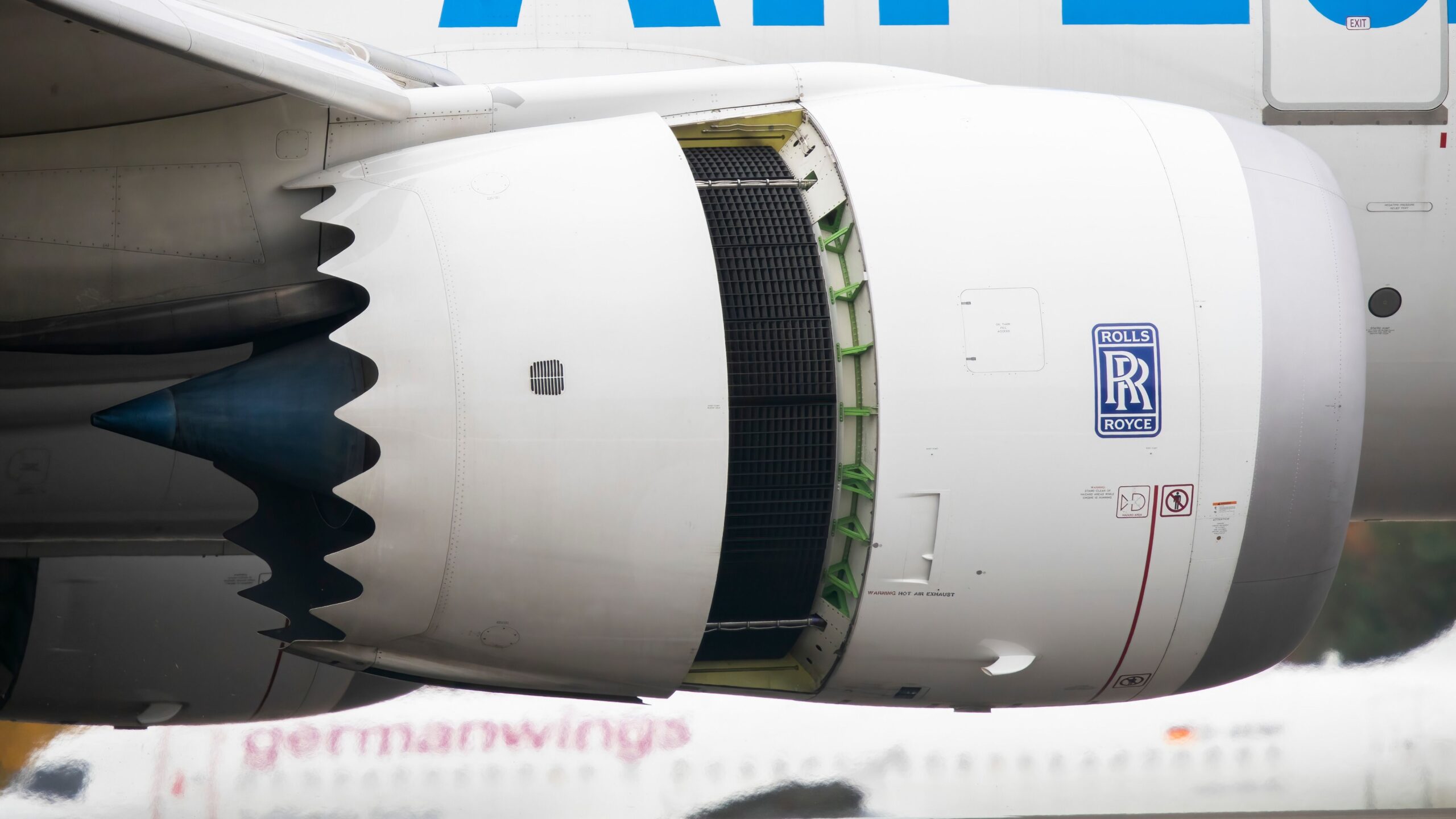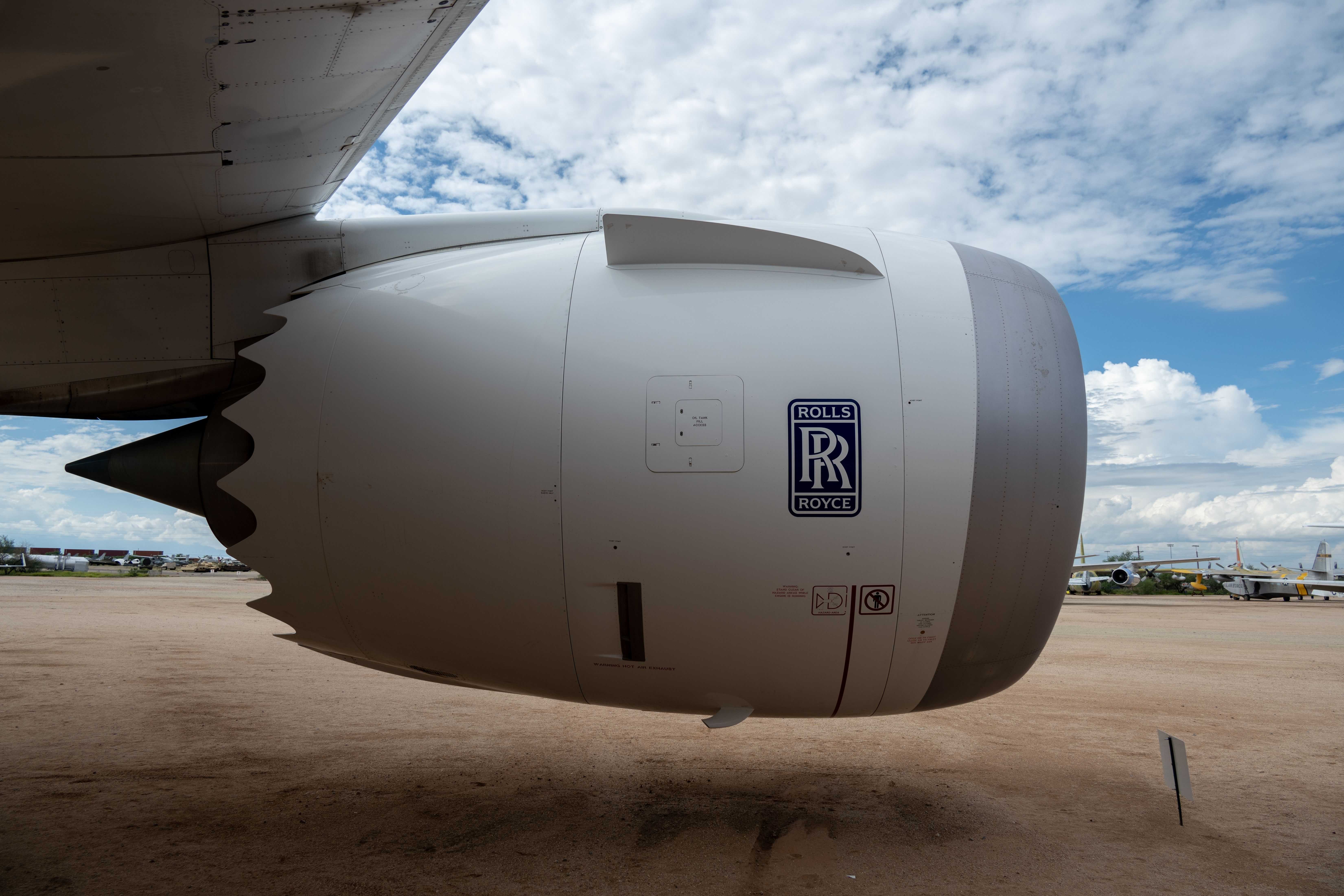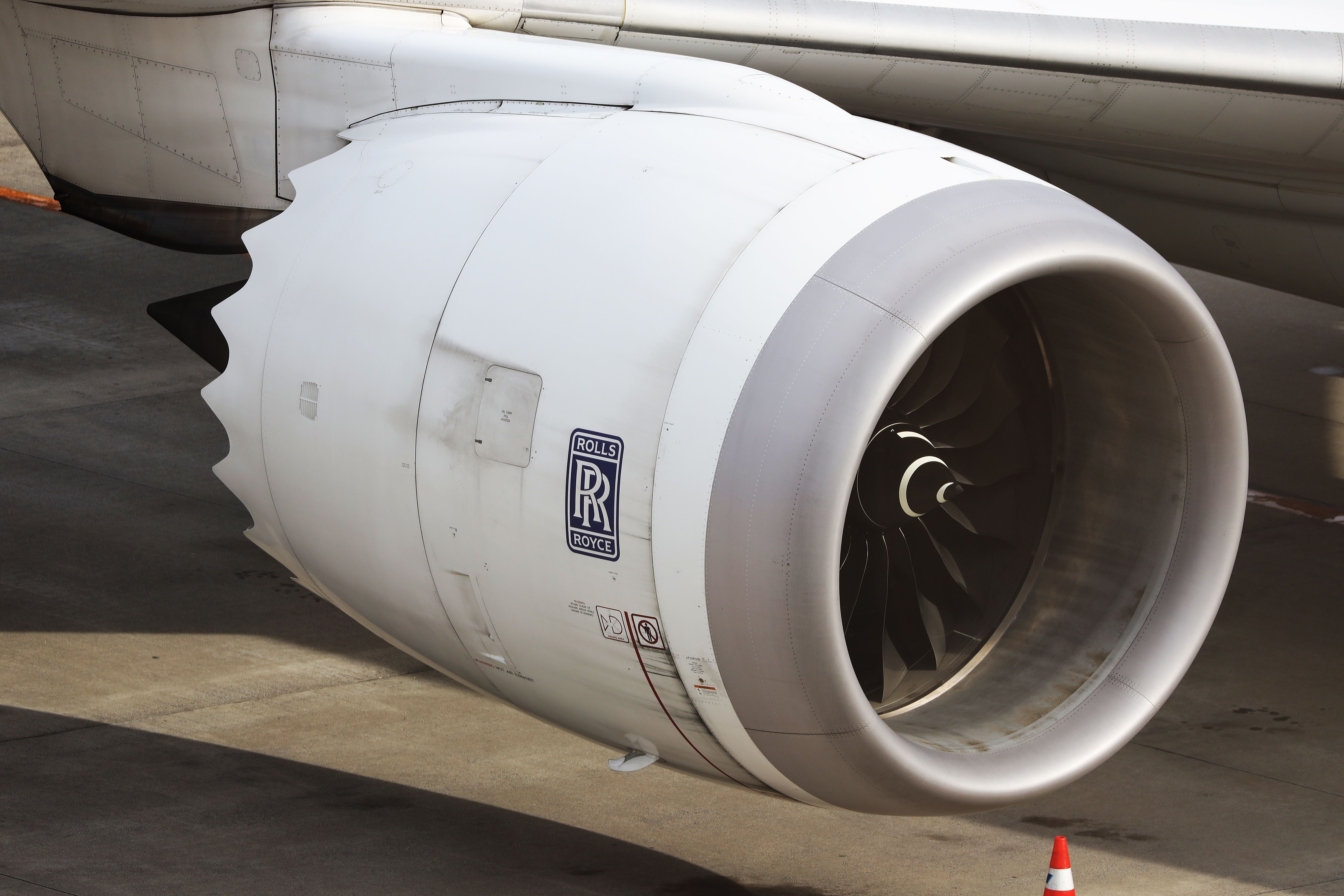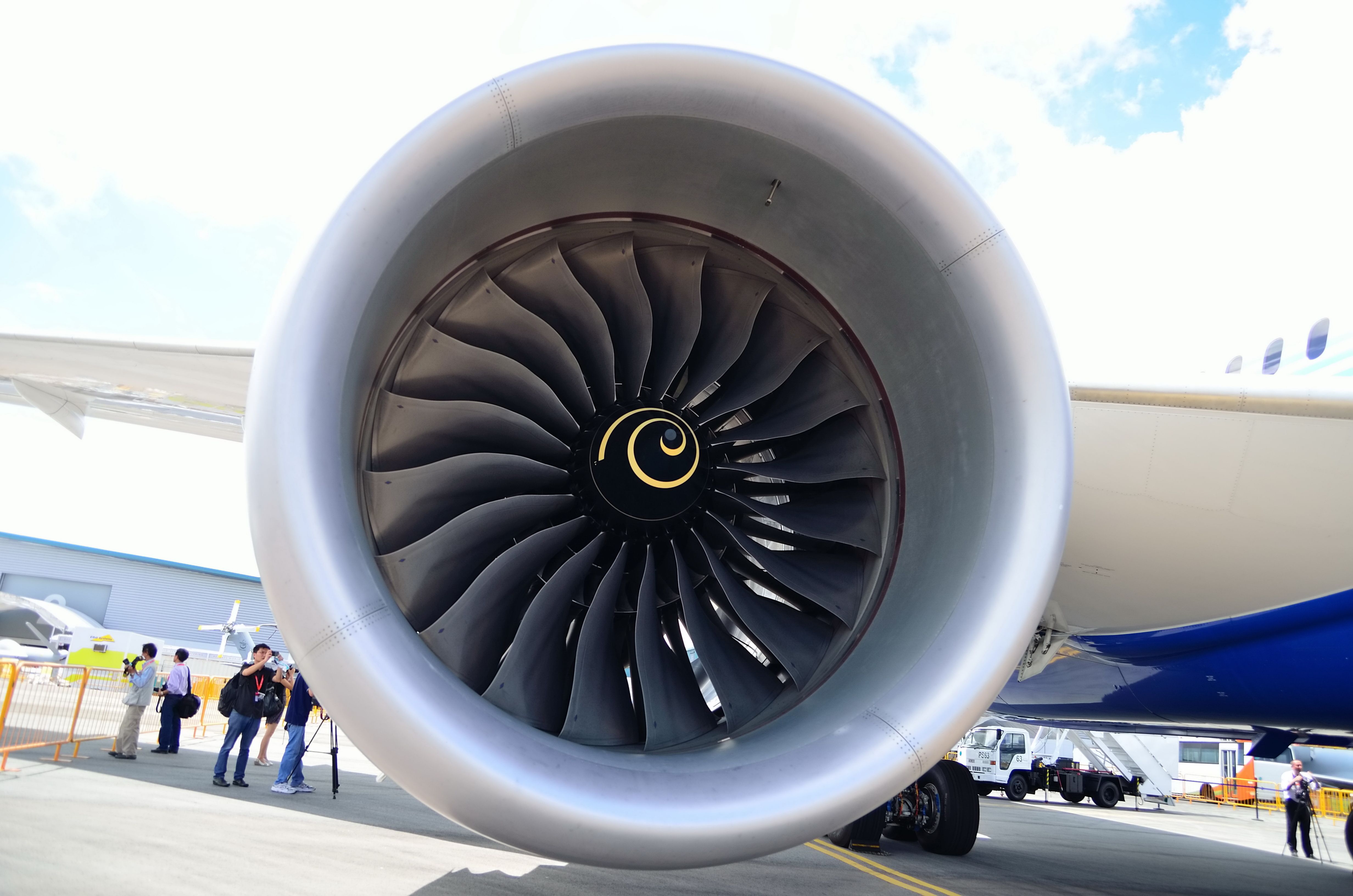Summary
- The European Union Aviation Safety Agency (EASA) has issued an airworthiness directive for certain Rolls-Royce Trent 1000 engines,
- The regulator warned that the unsafe condition could result in structural failures of critical engine parts.
- At the same time, the AD, affecting eight Trent 1000 aircraft engine family types, could affect only up to 78 Boeing 787-8 aircraft.
The European Union Aviation Safety Agency (EASA), as the state of design of the Rolls-Royce Trent 1000 engine, has issued an airworthiness directive (AD) for the engine, which is one of the two options for the Boeing 787 family aircraft.
Release of affected part
According to EASA, Rolls-Royce identified a possibility of release of the high-pressure compressor (HPC) mini-disc anti-rotation block into the HPC assembly stage 5 and 6 discs and once rotor rear shaft, also known as the HPC rear drum, during the operation of the engine.
Photo: Joseph Creamer | Shutterstock
In total, eight different Trent 1000 engine types are affected by the AD. However, they have to have the Rolls-Royce service bulletin (SB) 72-G319 or SB 72-G893 embodied. The European regulator exempted engines that have the Rolls-Royce modification (mod) 72-AK645 installed during production or while the powerplant was serviced during an engine shop visit with an applicable SB.
“This condition, if not detected and corrected, could lead to reduction of the safe life of the impacted parts, possibly resulting in structural failures of engine critical parts.”
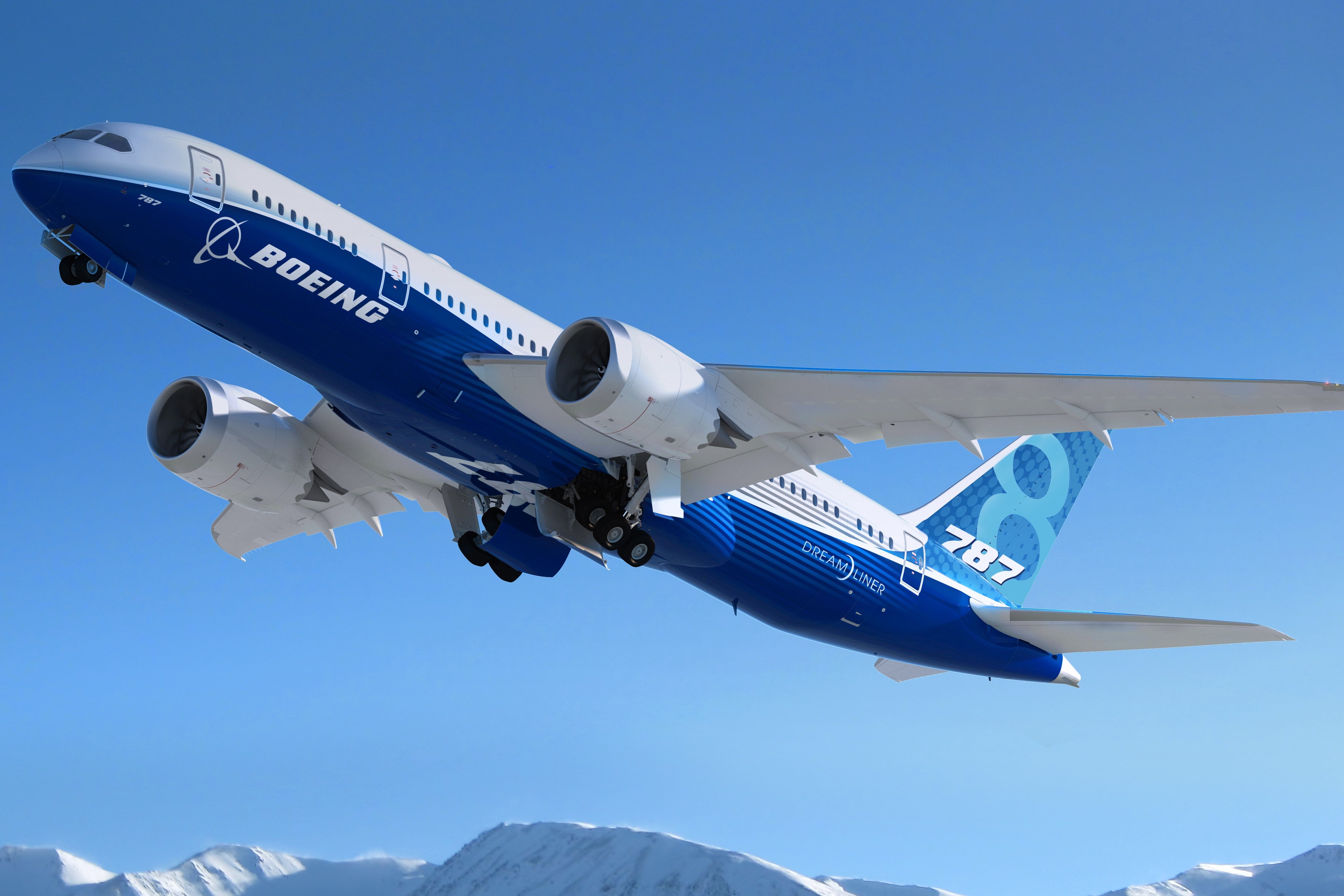
Related
Rolls Royce Vs General Electric – Boeing 787 Engine Options Explained
Dreamliner customers have a choice of either Rolls-Royce or General Electric engines.
Boroscope inspections
Addressing the potential safety issue, Rolls-Royce issued its non-modification SB (NMSB) Trent 1000 72-AK540 Revision 2. As a follow-up, EASA finalized the AD on June 28, with the directive’s effective date being July 12.
Nevertheless, the NMSB described the inspection instructions for certain Rolls-Royce Trent 1000 operators and/or maintenance, repair, and overhaul (MRO) organizations that are going to be responsible for inspections of the unsafe condition.
Photo: KITTIKUN YOKSAP | Shutterstock
According to EASA, the AD will require operators to conduct repetitive borescope inspections and, according to the subsequent findings, potential removal of the engine from service. For operators using the Rolls-Royce Engine Health Monitoring (EHM) service, the European regulator has offered an alternative compliance method.
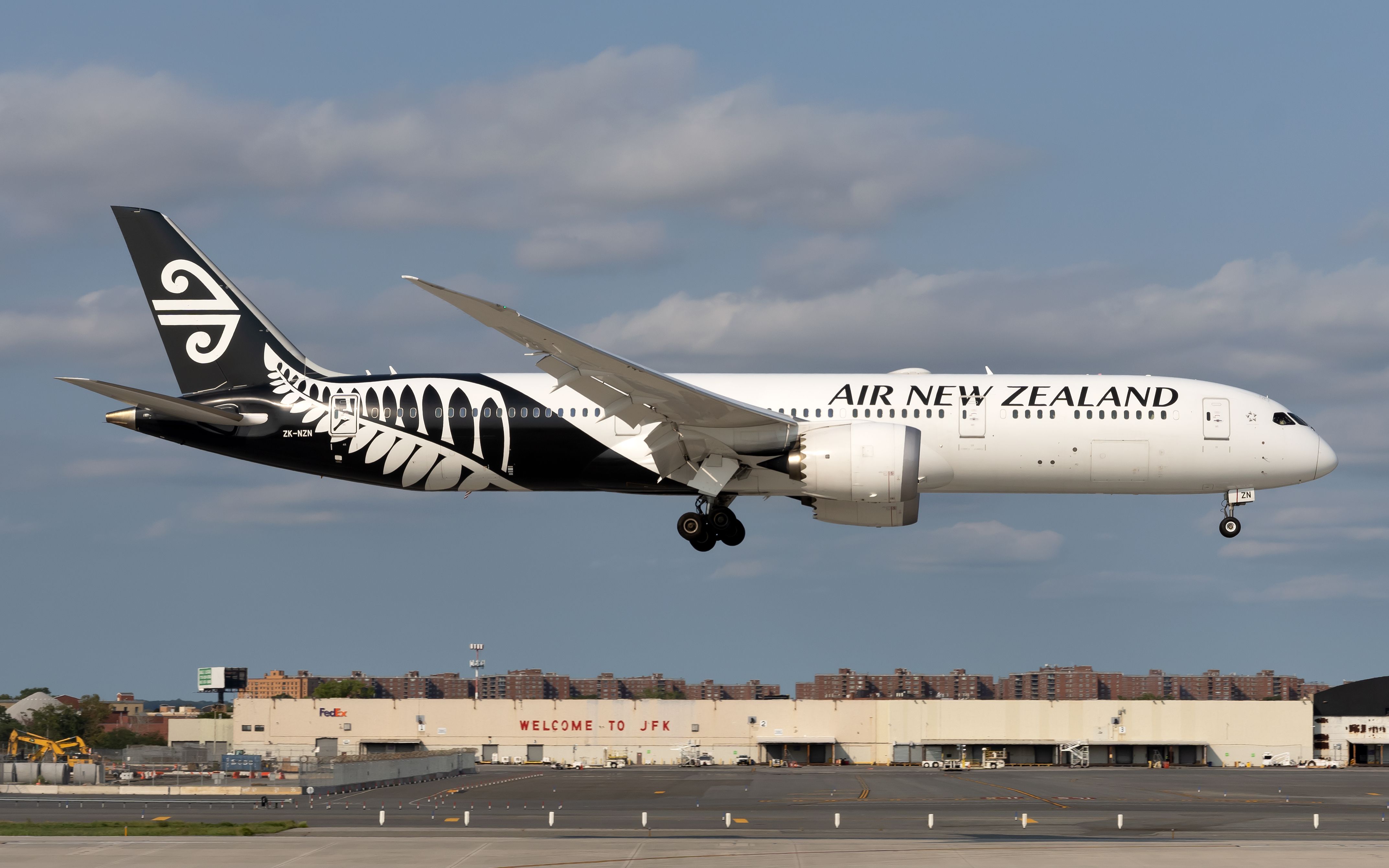
Related
Why Air New Zealand Is Suspending Boeing 787 Flights To Chicago
Three aircraft need heavy maintenance on the engines.
Service intervals
EASA pointed out that following the effective date of the directive, operators and/or MROs have to conduct a borescope inspection of the HPC rear drum cavity and cavities between each HPC rotor disk according to the NMSB instructions within 800 engine flight cycles (EFC), with one EFC being a takeoff and landing.
Afterward, the inspection intervals should not exceed 800 EFC. If, during an inspection, a missing or loose affected part – the HPC mini-disc anti-rotation block – or any foreign object is detected, operators must remove that engine from service before its next flight and approach Rolls-Royce for applicable repair instructions. For operators using the manufacturer’s EHM service, an alternative compliance method was outlined in the NMSB.
Photo: Maxene Huiyu | Shutterstock
According to ch-aviation data, there are only 78 Boeing 787-8 equipped with the eight engine types. At the same time, it was unclear whether these aircraft had the mod 72-AK645 applied to them. Nevertheless, the last 787 delivered with one of the eight affected Trent 1000 engine types was an EL AL Boeing 787, registered as 4X-ERC, which Boeing delivered in February 2020.
The list of potentially affected aircraft also includes two ex-Norwegian Boeing 787s that were scrapped at Glasgow Prestwick Airport (PIK), becoming the first two formerly commercial 787 aircraft to be parted out. Another Boeing 787-8, formerly registered as N947BA, was scrapped at Roswell Air Center (ROW) in March, but that airframe was powered by two General Electric (GE) GEnx engines.
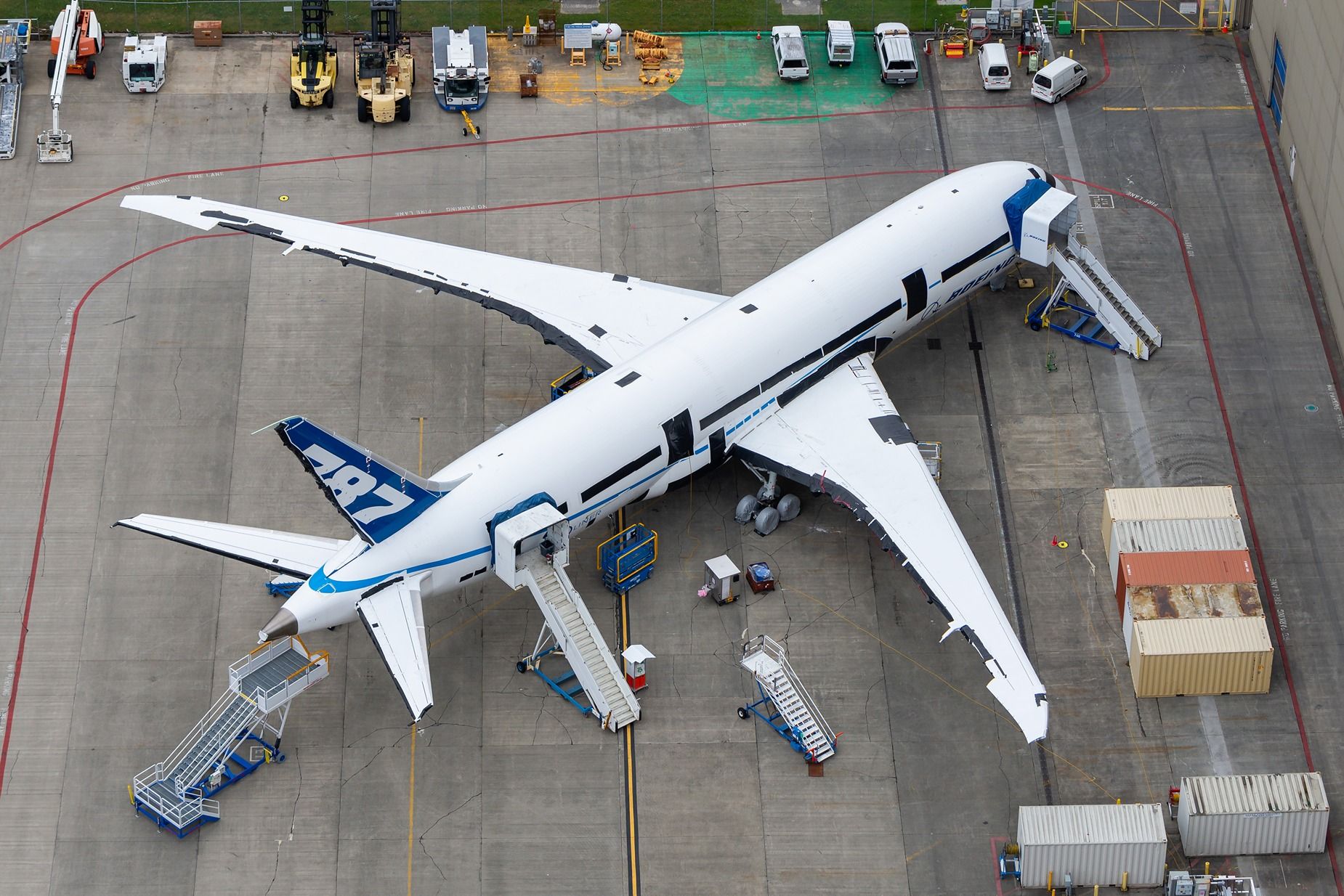
Related
An ‘Almost New’ Ex-VIP Boeing 787 Will Be Scrapped For Spare Parts
This Boeing 787-8 will become the third-ever commercial aircraft of the type to be dismantled.

